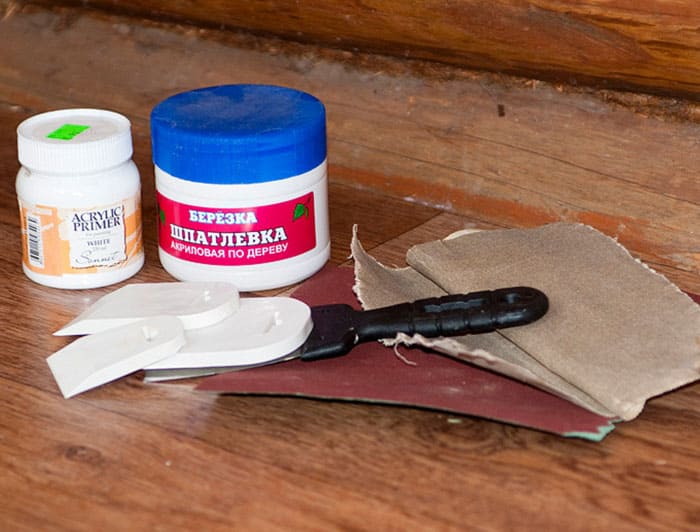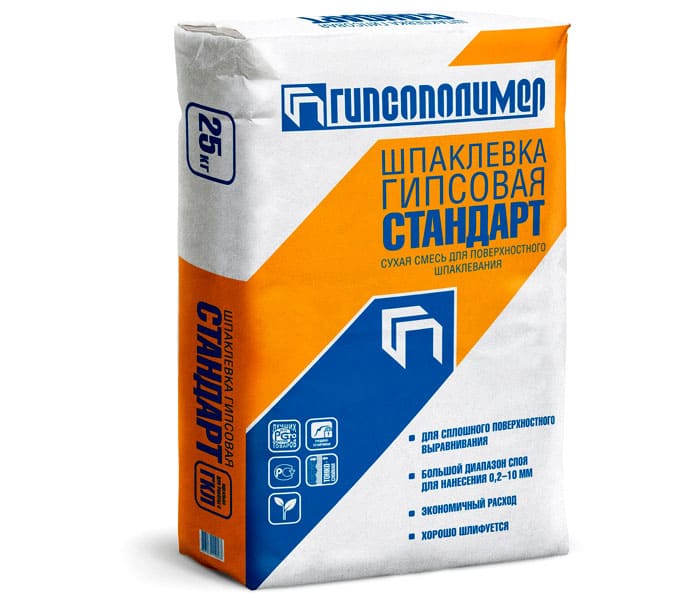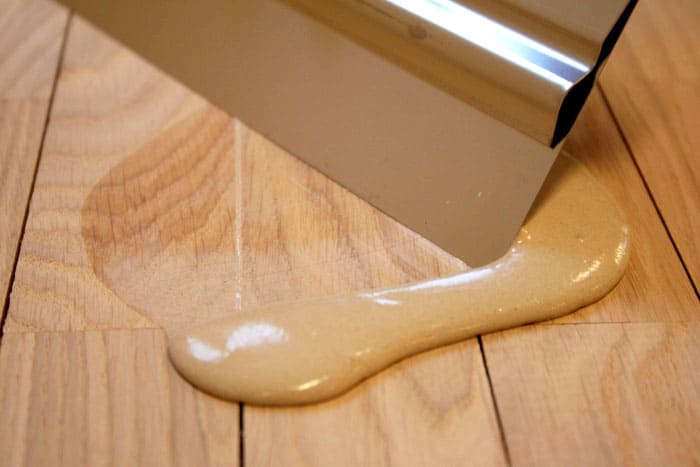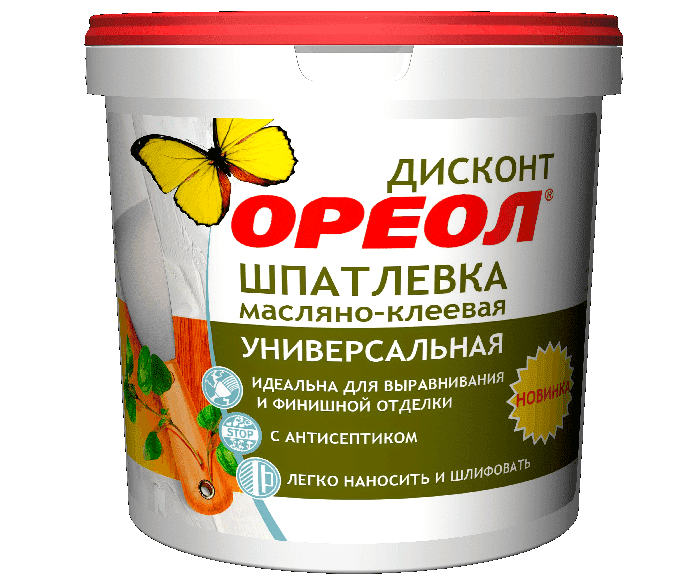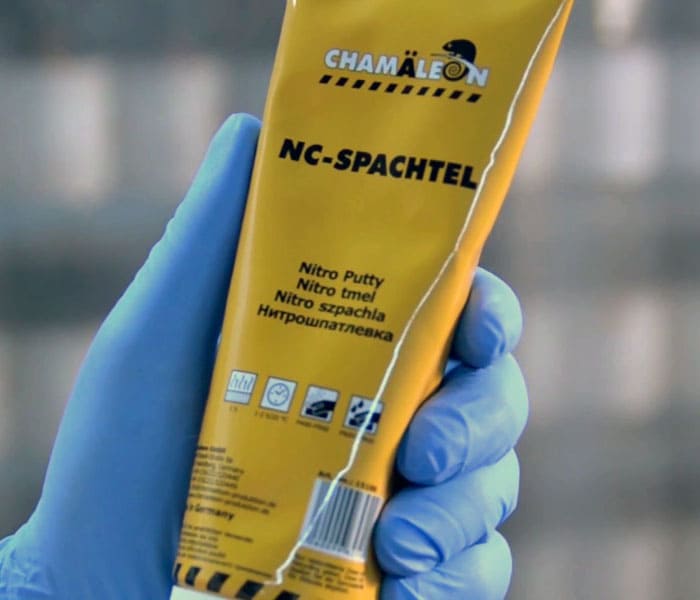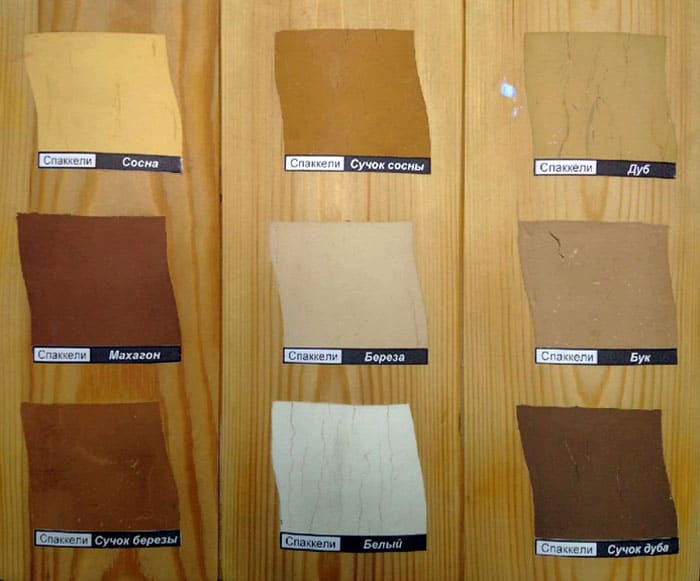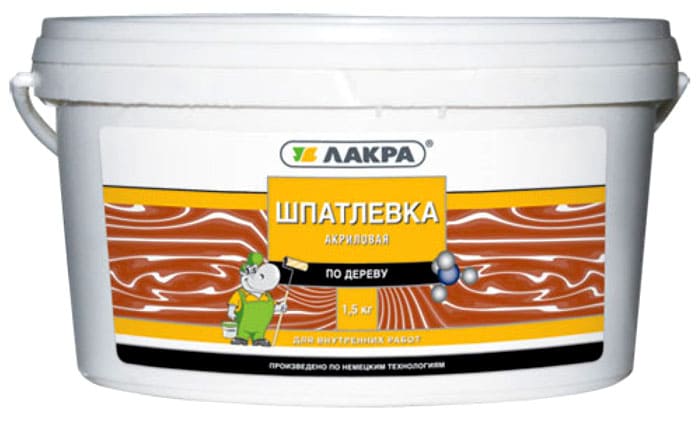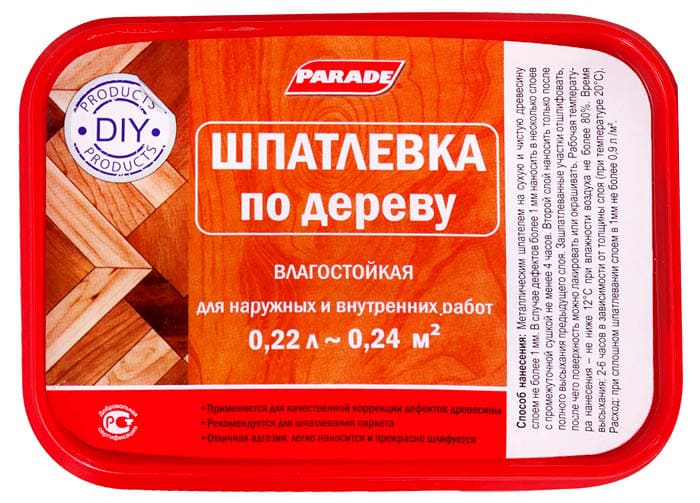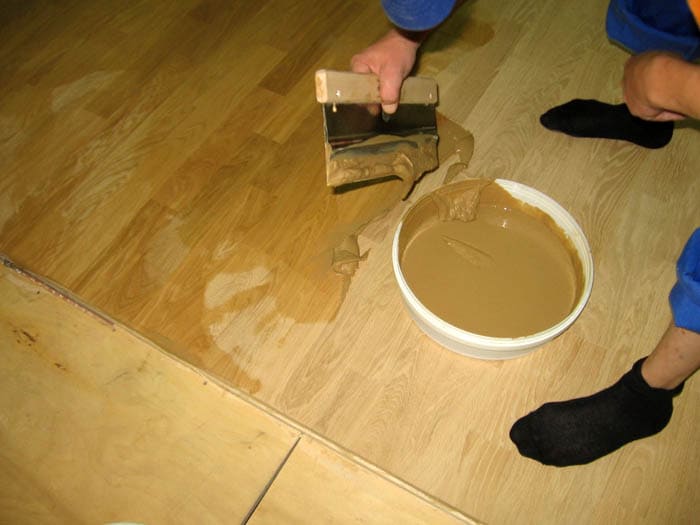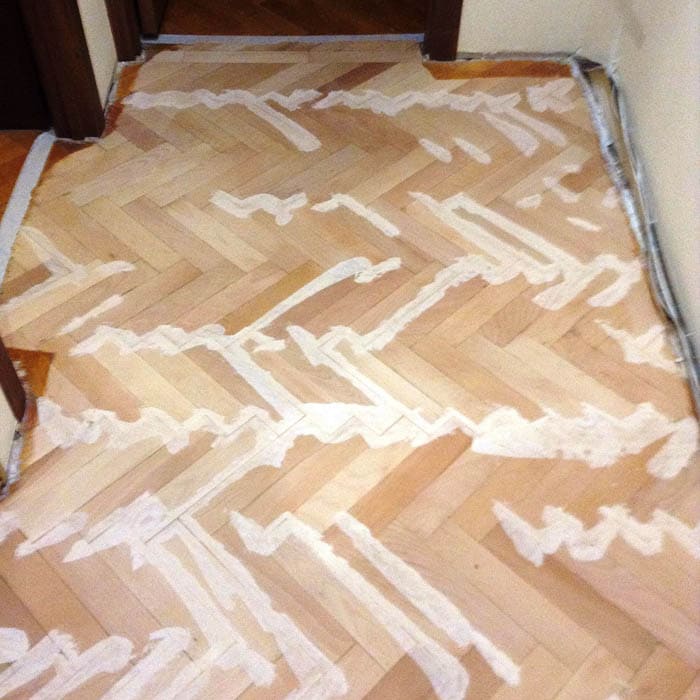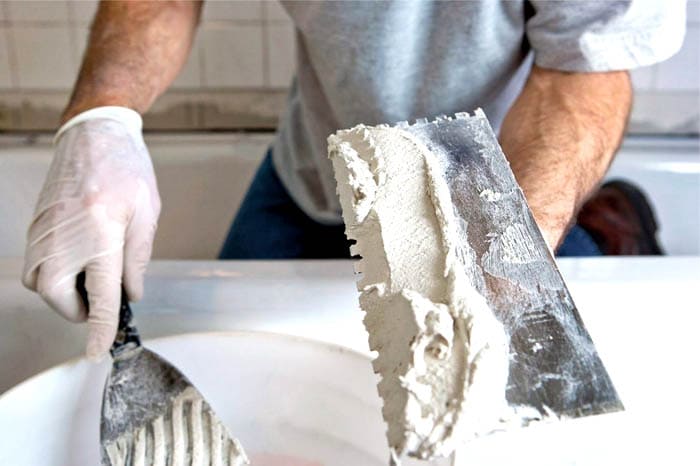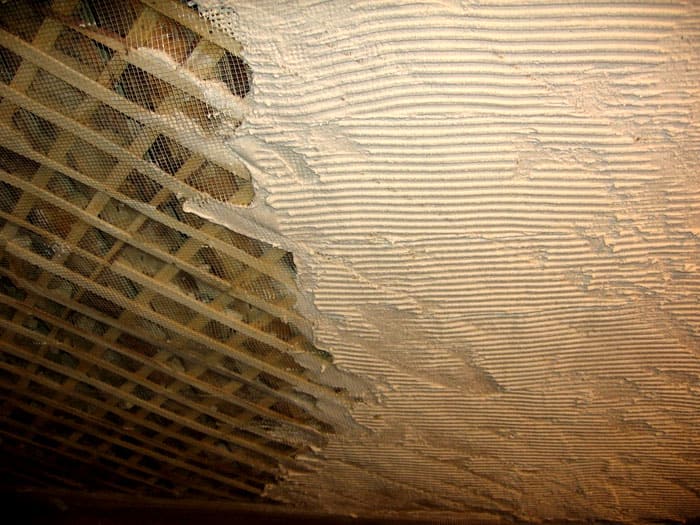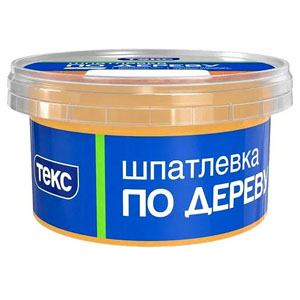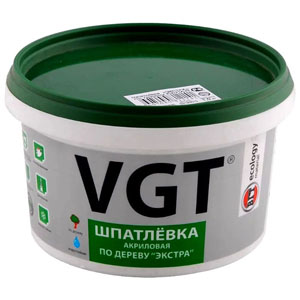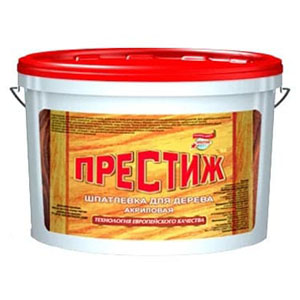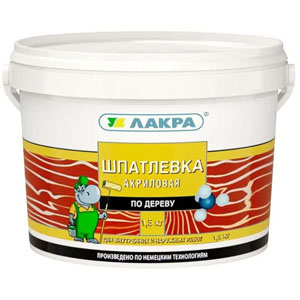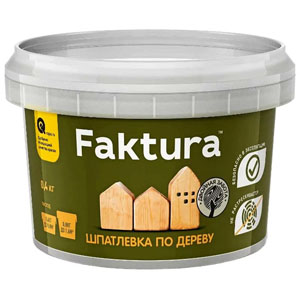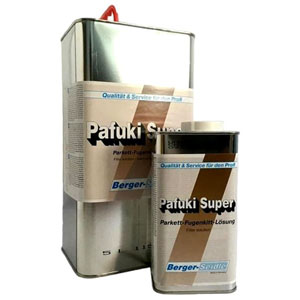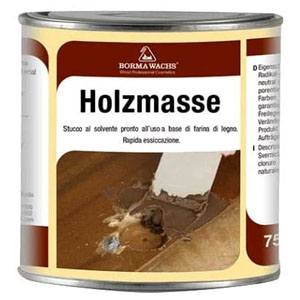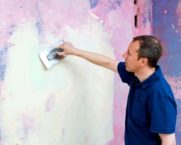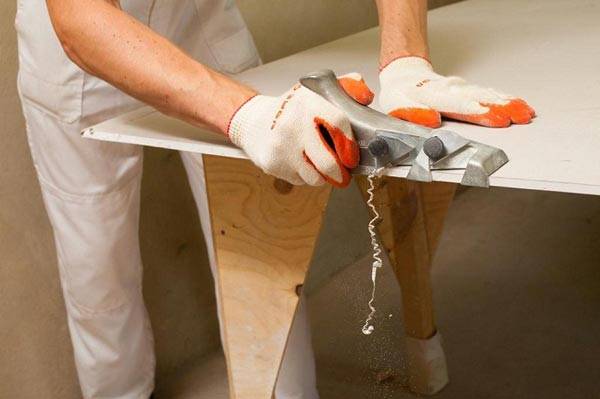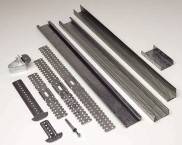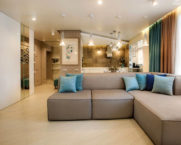Wood putty for interior use
No matter how noble the wood looks in the finish, its strength is not as high as we would like it to be. Sooner or later, cracks, holes, and other defects become noticeable on the wood. The editors of homemaster.techinfolux.com/en/ will tell you what to do about this, telling about an excellent tool - wood putty. This is exactly what will be discussed in our review today.
The content of the article
- 1 Types of wood putties: why such a rich selection of materials
- 2 Leading manufacturers: tested by time and users
- 3 How to choose a putty for wood: do not waste money
- 4 How are putty materials used
- 5 DIY wood putty recipes
- 6 What other materials are used for woodwork
- 7 How much does wood putty cost - price overview
- 8 Do-it-yourself video recipe for making a putty
Types of wood putties: why such a rich selection of materials
The main function of this material is to hide defects. But, since the violations of the base are different, as are the types of wood, and the operating conditions of this or that product are also not similar to each other, there are also different types of putty mixtures. Let's get acquainted with their types in more detail.
Gypsum-based putties
As you know, gypsum is not friendly with moisture, therefore, in terms of strength and elasticity, the gypsum composition is inferior to other mixtures.
The advantages of gypsum compositions are in their vapor permeability, which will preserve the microclimate in the room, and the cost of the material is low in comparison with others.
If the question is, how to putty a wooden surface in a dry room, then you can safely buy a gypsum composition.
Acrylic wood putty
Acrylic putties are not afraid of moisture and temperature jumps, they are also not afraid of mechanical stress.This is ideal for floors, but mixes can also be used outside the building.
Acrylic is highly elastic, it is a good wood filler for filling deep defects, small cracks, wood pores. There is no shrinkage: as the mixture was applied, it remained so after drying.
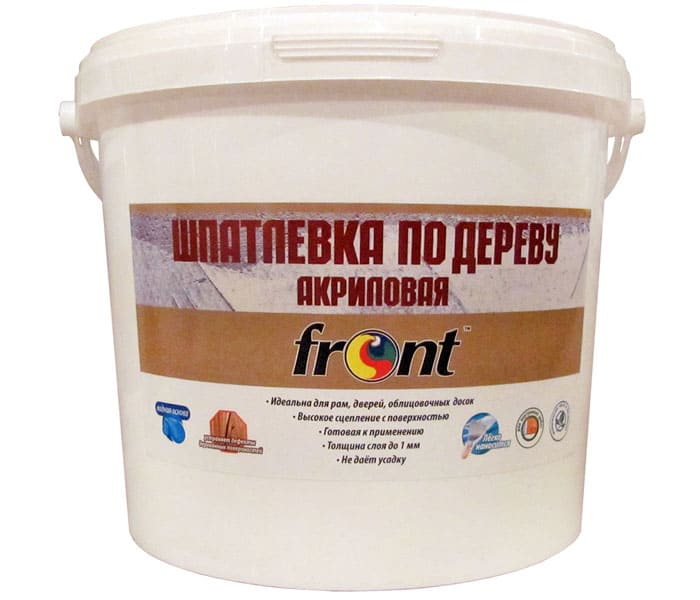
The service life is declared from three to ten years, but the prices for products with acrylic content are noticeably higher
Epoxy putty for wood
Epoxy is used to repair wooden surfaces: doors are restored with this mixture, window frames, columns, beams. The epoxy putty does not react to moisture and is a high strength inclusion once it hardens.
There are two elements in this material that must be mixed before work: they allow the mass to quickly set. The epoxy surface is easy to grind and paint, it cannot be scared by water and chemical solvent.
But you should not apply the stain, the appearance of the treated area will be spoiled.
Oil-based glue putties
It is clear that the composition contains oils and solvents. The products are used to treat the surface of building facades prior to painting.
It is suitable for outdoor use due to its characteristics: water resistance and resistance to adverse environmental influences.
Such a surface will not crack, will not crumble. Thanks to manufacturers, you can find a mixture of the desired color, even with the ability to imitate a wooden texture.
Other varieties
Wood putty is safe for health if it contains no solvents. We are talking about an aqueous composition that can boast of plasticity and elasticity, as well as the absence of a pungent odor. Excess material is wiped off with a damp cloth.
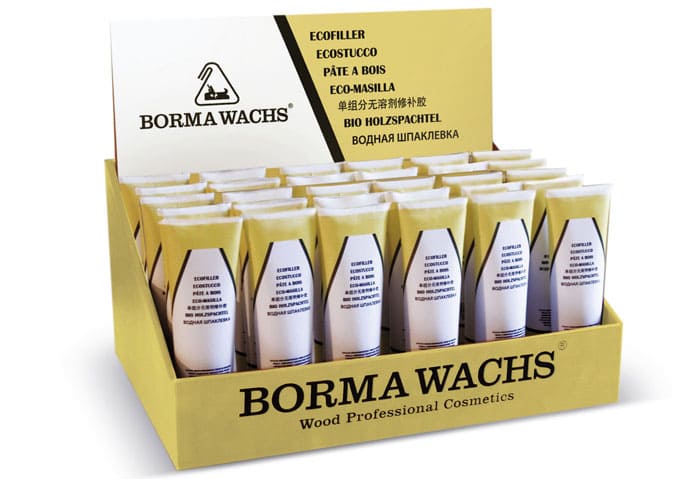
Water putty in the container does not freeze for a long time, which makes its shelf life rather long
It is a highly adherent compound and is therefore effective on a variety of substrates.
In addition, you can add that when finishing they use nitro putty, glue, latex.
Leading manufacturers: tested by time and users
On the modern market, there is a wide range of good domestic and imported mixtures produced by eminent and reliable brands.
Wood fillers from Tikkuril are in demand. This is a Finnish company offering its products at high prices, which are fully justified by quality.
The firm "Lakra" is famous for its high-quality products. Their products are inexpensive, but the quality does not suffer from this.
Wood putty from the domestic manufacturer "Tex" is cheaper than many compositions from competitors, but the quality of the supplied products is quite at the level.
The manufacturers "VGT" and "Eurotex" are considered worthy of a good mention.
How to choose a putty for wood: do not waste money
How to putty wood, that is the question. We select suitable compounds for indoor and outdoor use.
Wood putty for outdoor use and its effect
For outdoor work, they prefer to use a heat-and-moisture resistant putty for wood. The walls of the building are exposed to alternating temperatures, atmospheric precipitation, and ultraviolet radiation. Therefore, in this case, compositions are considered not only with easy application, but also with elasticity.
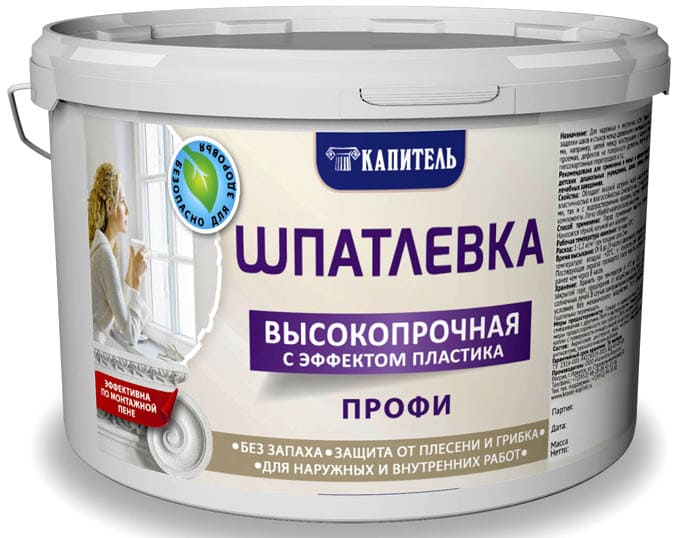
Acrylic compounds are suitable, which protect the tree from fire and prevent it from collapsing from street temperatures
Two-component epoxy putties based on petroleum resin, pigment additives, and plasticizers. These are mixtures that fill defects qualitatively and are resistant to deformation and destruction.
The oil mixture will hold back oils, chalk, water and plasticizers. For outdoor coverage, this is a fairly resistant material, durable and reliable. Those who are wondering how long the putty dries on wood should read the instructions directly on the container. The oil composition dries out for more than a day.
Wood putty for interior work
Not only walls are putty inside houses and apartments. It is a material for floors, ceilings, doors, allowing for the basic finishing of an element. Any putty must meet a number of requirements: plasticity, suitable consistency, strength, good adhesion with wood, gradual hardening and elimination of cracks.
Deep defects are closed with epoxy, surfaces are smoothed. No special tools are required for the job, and sanding is easy and effortless. If you are faced with a dilemma of which wood filler to choose for the floor, then you should, first of all, think about epoxy.
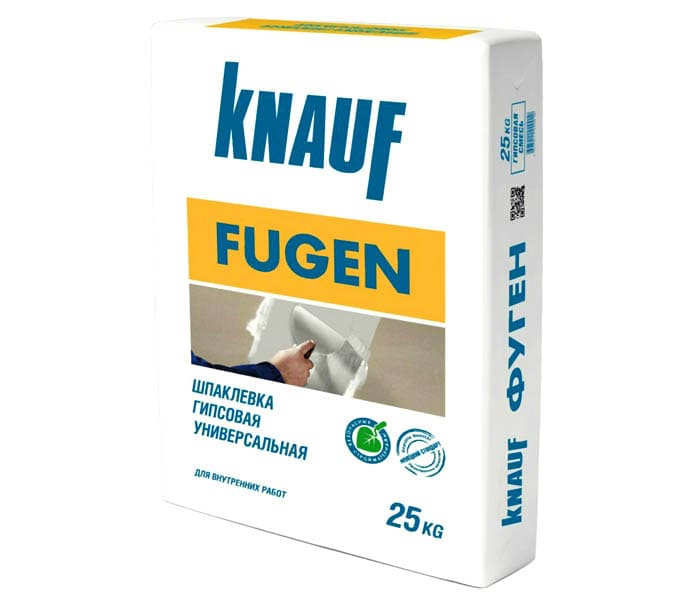
Gypsum in all rooms, except for the bathroom and kitchen, is good because it both picks up and gives off excess moisture into the air, does not negatively affect the microclimate of the room
Polymer compositions are universal, they mask the seams, close up deep cracks, perform finishing work for subsequent coatings with paints and varnishes. This is the very composition that is good for correcting defects on the frames, ceiling, door frame and the door itself. This composition is not used for working with the floor.
Waterproof mixes are intended for use in the bathroom and kitchen.
How are putty materials used
Let's consider the main areas of application of this material. This is the elimination of defects on the wooden floor, sealing all kinds of cracks, imitation of wood texture on the surface.
Wood floor putty
Putty for wooden floors should contain components that will not allow the material to quickly wear out from mechanical stress.
For the floor, water-based compounds, pasty and gel-like, are suitable. If the product contains fiber, the durability of the finished coating is guaranteed.
The nitro-based putty will also be resistant. In the composition, you need to look for ether cellulose components, acetone, resin... Wood flour products have a high level of adhesion to any type of wood. Nitrospatters, with all their positive qualities, have a rather pungent smell.
Putty for wood: what to use to seal cracks
A small gap in a wooden floor is sealed either with a putty of a suitable color, or with a composition of any shade, followed by a primer and painting of the floor.
Gaps 3-4 mm in size are sealed with acrylics, larger defects should not be touched, the finished material will crumble and fall out.
The solvent-based product is well suited for patching cracks up to 1 cm, and can even repair underfloor heating.
Oil compositions to eliminate narrow gaps should be mixed with chalk, and for wide flaws - with wood dust.
Imitation of wood from putty as a way to decorate the surface
A number of tools are required to make a wood simulation. You need to get a palette knife, a textured roller, a roller with a saw cut, a rubber spatula of several types, a stencil.
Acrylic, gypsum and silicone bases are suitable for interior decoration.
DIY wood putty recipes
If you wish, you can make a putty mixture with your own hands, which will not be inferior in quality to the purchased ones. It's all about good, quality ingredients.
The most popular component is crushed chalk, which must be mixed with PVA glue to a state of sour cream. It is permissible to add small sawdust.
The second method is to dilute the chalk with a water-soluble acrylic varnish. The paste should be moderately liquid.
Important! Homemade mixtures are not prepared in large quantities, and bumps and smudges are removed immediately.
What other materials are used for woodwork
In addition to puttying agents, other compounds are used for working with wood. Their list includes primer and plaster. Each tool has its own functions and characteristics.
Primer for wood
The primer is a must-have material in many surface treatments. It is designed to hold substances together on different surface layers, which creates a waterproof varnish film. This is the protection of the tree from the negative effects of external factors.
Important! The primer significantly saves material consumption, and, therefore, finances.
But all this will only work if the primer is of high quality and suitable for woodworking. Soluble primer protects the material from destruction, and waterproof from moisture.
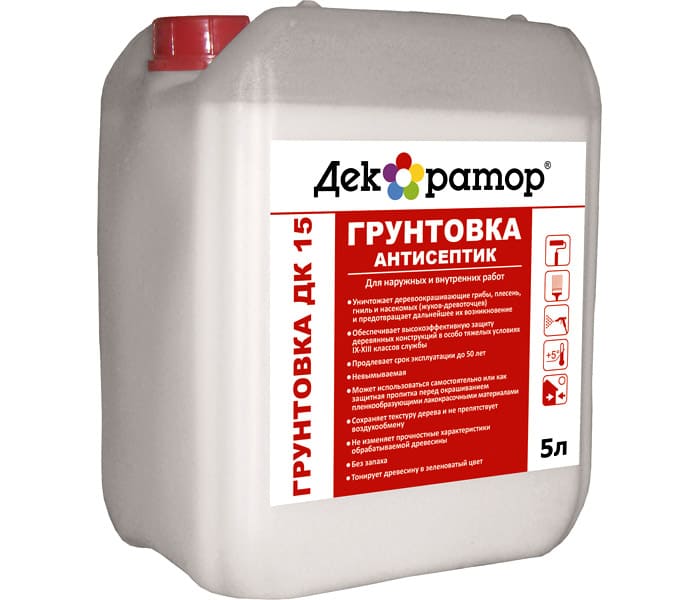
There are oil, acrylic compounds. In any case, they will be the base layer for subsequent finishing.
Plaster for wood
The plaster protects the wood from decay, but the condition is to pre-coat the surface with antiseptic compounds, which must dry completely.
A plastered wall resists the growth of mildew if the initial humidity threshold does not exceed 12%. The plaster protects the surface from termites and rodents.
How much does wood putty cost - price overview
After getting acquainted with the work carried out and the operational characteristics of the materials, it is time to familiarize yourself with the prices for popular types of putties made by different manufacturers.
| Name | Characteristic | Price for June 2019, RUB |
|---|---|---|
| Ready-made latex putty; type of premises: dry; mixture consumption (layer 1 mm): 1–4.70 l / m²; mixture consumption (1 mm layer): 0.60-2.80 kg / m² | 55 | |
| Finished acrylic putty; type of putty: finishing; type of room: dry and wet; mixture consumption (layer 1 mm): 0.50-1.40 kg / m² | 51 | |
| Finished acrylic putty; for interior work; processing material: wood, stone, brick, concrete | 46 | |
| Finished acrylic putty; putty type: universal; type of room: dry and wet | 131 | |
| Finished acrylic putty; type of putty: finishing; type of room: dry and wet; mixture consumption (layer 1 mm): 2 kg / m² | 64 | |
| Nitrocellulose putty; layer thickness: 2 mm; for interior work; processing material: wood | 1450 | |
| Finished nitrocellulose putty; drying time 12 hours; for internal and external work; processing material: wood | 402 |
Treat wooden surfaces correctly, then the service life of the product will last several times, and the room will remain beautiful.



